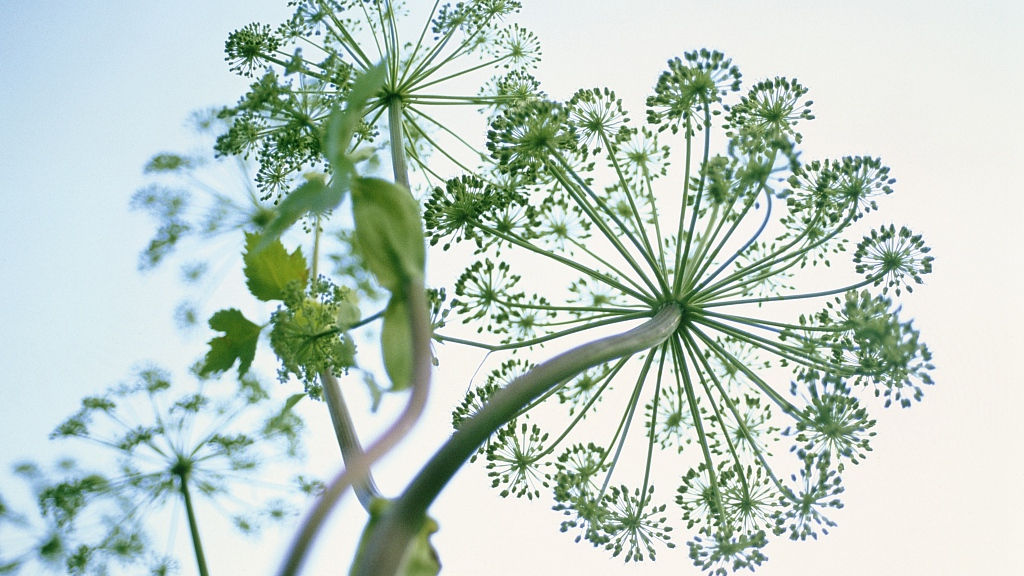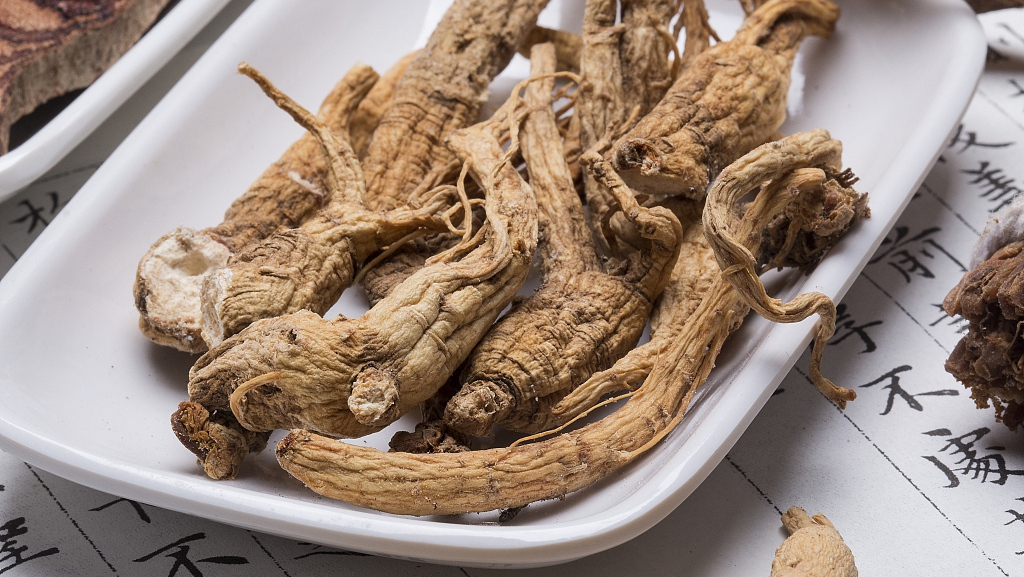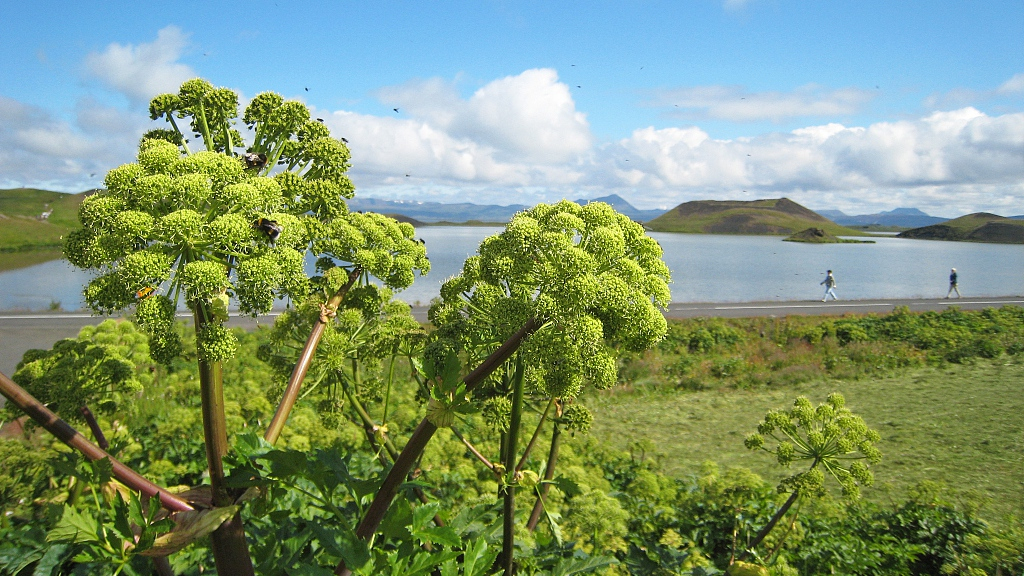Dong quai belongs to the umbelliferae and is commonly considered to be medicine. It is often just under a meter high and blooms white flowers in June and July.

Dong quai is from the family umbelliferae. /VCG Photo
Dong quai is from the family umbelliferae. /VCG Photo
Since the root of the dong quai can affect estrogen and other hormones, it is commonly taken for menopausal symptoms, menstrual cycle conditions such as migraines and many other conditions.
The root has been highly valued for thousands of years in the history of Chinese medicine. It is considered as a tonifying plant for the female reproductive system.

Dong quai is widely available in China as a traditional Chinese medical herb. /VCG Photo
Dong quai is widely available in China as a traditional Chinese medical herb. /VCG Photo
It likes low temperatures and sunshine, and grows well in cool areas with an altitude of about 1500-3000m. Deep, loose, well drained, fertile and humus-rich sandy loam is ideal for the cultivation of dong quai.
The main producing area of dong quai is Minxian County in northwest China's Gansu Province. It is a cold, humid and rainy place, which is prefect for dong quai and other Chinese herbal medicines.

Dong quai likes to grow in cool high altitude mountains. /VCG Photo
Dong quai likes to grow in cool high altitude mountains. /VCG Photo
The name of dong quai in Chinese means that women miss and expect their husbands to return, which reflects the belief it benefits women's health.
From the wetlands along the coast to the dense rainforests hidden in the southwest of China, all boast an array of plant species. In this series, CGTN will go on a tour to learn about some of the most iconic flora in different provinces and see how they live in harmony with the local climate and topography.
(All photos via VCG, cover designed by CGTN's Li Wenyi)
(If you want to contribute and have specific expertise, please contact us at nature@cgtn.com)